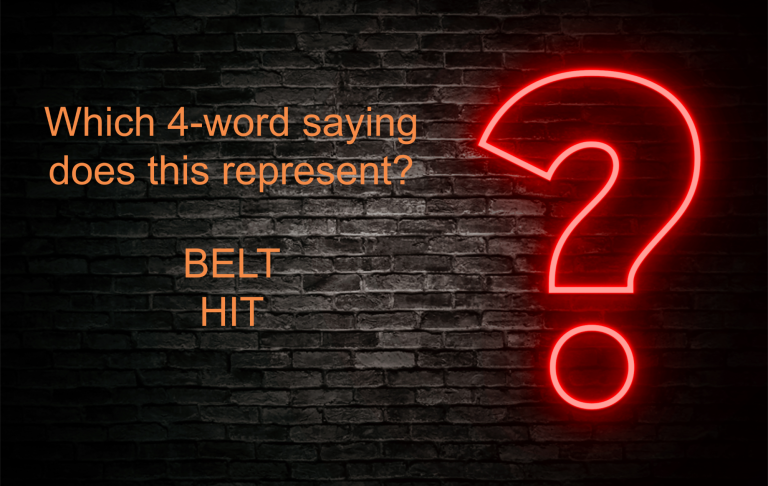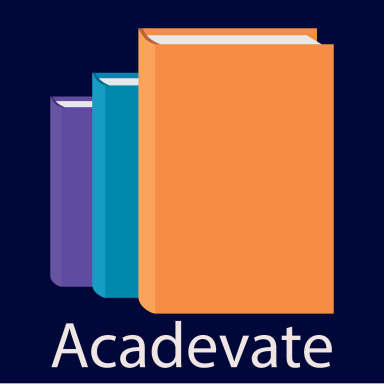Blog - Mental Agility in the Workplace: Enhancing and Retaining Cognitive Flexibility
Mental Agility in the Workplace: Enhancing and Retaining Cognitive Flexibility
In the ever-evolving landscape of modern workplaces, mental agility has emerged as a key trait for employees to navigate complex challenges and adapt to rapid changes. Mental agility, or cognitive flexibility, refers to the ability to think on one's feet, switch between tasks seamlessly, and approach problems from multiple perspectives. It is not just a desirable skill but an essential one for fostering innovation, productivity, and resilience in the workplace.
Mental agility can be likened to the flexibility of a gymnast, capable of moving fluidly and efficiently in response to changing circumstances. In a professional context, this translates to the ability to tackle unforeseen problems, juggle multiple projects, and adapt strategies in real-time. For employers, fostering an environment that enhances mental agility can lead to a more dynamic, engaged, and innovative workforce.
To enhance mental agility among employees, it is essential to focus on both individual and organisational strategies. On an individual level, encouraging continuous learning and development is paramount. Employees should be motivated to step out of their comfort zones, take on new challenges, and seek out opportunities for cross-disciplinary learning. This can be facilitated through training programmes, workshops, and access to online learning platforms.
Additionally, incorporating regular mental exercises into daily routines can significantly boost cognitive flexibility. Activities such as puzzles, brain games, and mindfulness practices help maintain and enhance mental sharpness. Mindfulness, in particular, has been shown to improve focus, reduce stress, and increase emotional regulation, all of which contribute to better mental agility.
Organisational strategies should aim to create a culture that values adaptability and innovation. This can be achieved by fostering an environment where creative thinking is encouraged, and employees feel safe to experiment and make mistakes. Leadership plays a crucial role in this, as leaders who model agile thinking and embrace change can inspire their teams to do the same.
Moreover, promoting a collaborative work environment can also enhance mental agility. When employees work together, they are exposed to diverse perspectives and ideas, which can stimulate creative problem-solving and adaptive thinking. Encouraging open communication and providing platforms for team collaboration, such as brainstorming sessions and project management tools, are effective ways to support this.
Another critical aspect of maintaining mental agility is prioritising employee well-being. High levels of stress and burnout can severely impede cognitive flexibility. Therefore, organisations must ensure that their employees have access to mental health resources, flexible working arrangements, and opportunities for rest and recovery.
For those looking to assess their mental agility, a series of mental agility test questions can provide valuable insights. These questions are designed to challenge one's problem-solving abilities, lateral thinking, and adaptability. Interestingly, only 10% of people are able to solve these questions, making it a formidable yet enlightening exercise.




In conclusion, mental agility is a vital skill in today's fast-paced workplace environment. By investing in strategies that enhance and retain cognitive flexibility, both individuals and organisations can thrive amidst the challenges and opportunities of the modern professional landscape.
Encouraging continuous learning, fostering a culture of innovation, and prioritising employee well-being are essential steps in cultivating a mentally agile workforce. So, whether you're an employee seeking to boost your mental agility or an employer aiming to build a resilient team, remember that adaptability is the key to sustained success.
Here are the answers:

Question 1: Answer: A) PQ - Each group moves 5 positions forward in the alphabet
Question 2: Answer: B) H
Question 3: Answer: A) No need to know the Morse code. A and C are the only symbols representing 4 letters and A is the only one with the repeated character for the letter N
Question 4: Answer: HIT below the BELT
Question 5: Answer: B) 5T - When said aloud they are Forty, Fivety, Sixty and Seventy. Fivety is the only one that isn't an actual number
Contact us
Contact us
0203 962 5697
124 City Road. London. EC1V 2NX
© 2024 Copyright Acadevate Learning Solutions Limited - All rights reserved
UK Registered Learning Provider: 10094703
We need your consent to load the translations
We use a third-party service to translate the website content that may collect data about your activity. Please review the details in the privacy policy and accept the service to view the translations.
